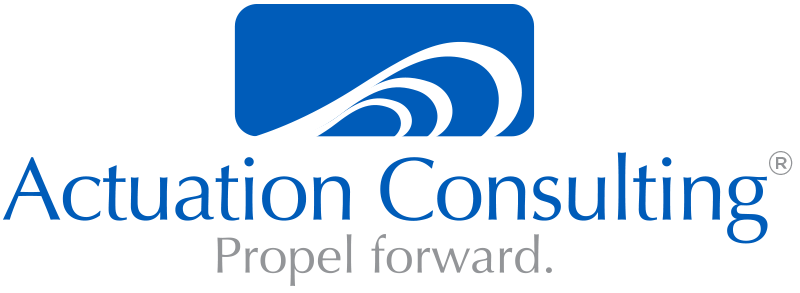This post completes our discussion of the 11 internal resources that can give product managers with valuable company insights. In addition to recapping these valuable resources we also take a look at profit and loss statements.
If you would like a refresher on the first nine resources discussed, revisit my posts from recent weeks. These have covered:
- Market research
- Customer list
- Presentation materials currently in use
- Campaign collateral
- Win/loss analysis data
- Customer proposal template and signed contracts
- Available competitive information
- Customer data sources within the organization
- Defect reports
Product Managers Must Understand Their Product’s Financial Health (Profit and Loss)
Find out if your organization has a profit and loss statement and get a copy of it. Even better, have your finance department walk you through the profit and loss statement. This will allow you to ask questions and make sure you understand all the terminology. As you become more involved in managing your product’s financial aspects, your relationship with your finance team will be an asset.
In some organizations, no profit and loss statement is prepared. If this is the case in your company, ask if the finance team has calculated your products’ cost structure. Sometimes just inquiring will spur the team to begin making this valuable calculation. Gaining a clear picture of your products’ cost is the first step toward determining profitability.
Access Existing Product-Related Materials
Reviewing information already developed for product managers seems like an obvious step. However, if you are your company’s first product manager, you may have assumed nothing exists. In all likelihood, someone has handled aspects of your product management role before your employment. Some information probably already exists that could help you. Be sure to ask about it! Product roadmaps, visioning documentation, product-level business cases, and product launch materials all contain valuable information. One of the most important things a product manager can gain is an understanding of hidden expectations inherited with the position.
Now that we’ve completed our deeper exploration of the internal resources, we will look at the two external information sources that can boost a product manager’s success. Watch for my next post that will cover this valuable information.
Advancing the Profession of Product Management™
website I consulting I training I toolkits I books I blog I twitter

